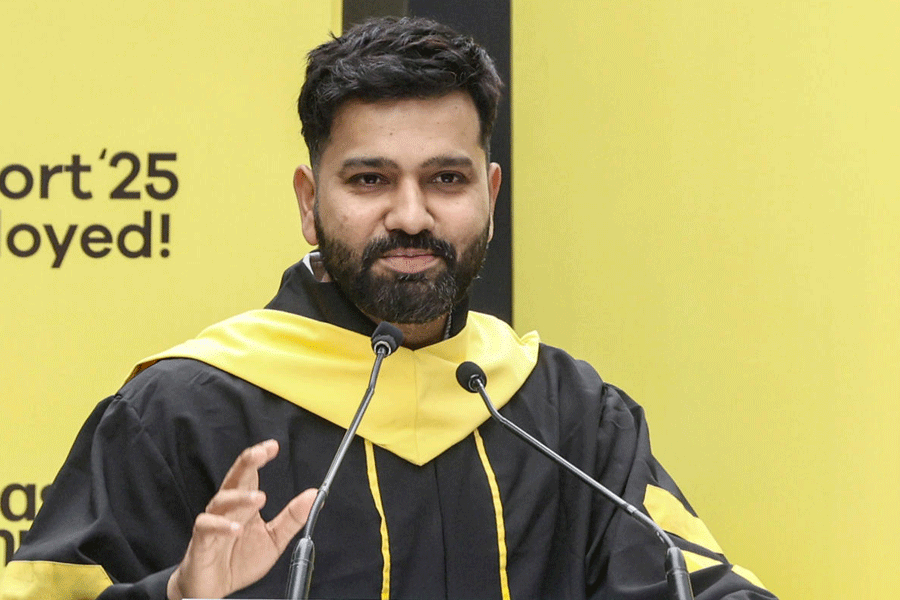The big speculation ahead of the budget was over the government’s capital expenditure.
However, the growth in capex in the interim budget for the next fiscal is just 11.1 per cent against a growth of 34 per cent in the allocation made in the previous budget.
In the budget for 2023-24, the allocation was a little over Rs 10 lakh crore against Rs 7.5 lakh crore in the 2022-23 budget.
“Building on the massive tripling of the capital expenditure outlay in the past four years resulting in huge multiplier impact on economic growth and employment creation, the outlay for the next year is being increased by 11.1 per cent to Rs 11,11,111 crore. This would be 3.4 per cent of the GDP,” finance minister Nirmala Sitharaman said in her budget speech.
The capital expenditure as a percentage of GDP, which rose to 3.3 per cent in 2023-24, is estimated at 3.4 per cent in the next financial year.
In the previous two years as well, the government had to increase the capex for infrastructure development by over 30 per cent to do heavy lifting as private investment was muted.
“Now that the private investments are happening at scale, the lower borrowings by the central government will facilitate larger availability of credit for the private sector,” she said while presenting the Interim Budget 2024-25.
With the growth in the economy, there has been a pick-up in private investment in recent times in some of the sectors like steel, cement and petroleum.
Aditi Nayar, chief economist, Icra said: “The higher than expected capex (FY24: Rs 9.5 trillion vs. Rs 9.3 trillion and FY25: Rs 11.1 trillion vs. 10.2 trillion) and lower than projected fiscal deficit (FY24: 5.8 per cent vs 6 per cent and FY25: 5.1 per cent vs. 5.3 per cent) suggest that the quality of expenditure is going to be healthier than what we had pencilled in both in FY2024 and FY2025.”
Dipti Deshpande, principal economist, Crisil said: “The budget relies on a mix of capex and rural spends to bolster growth. Growth in capex is slower, but its share in GDP is higher on-year, suggesting a continued dominant role of government investment.”
Madan Sabnavis, chief economist, Bank of Baroda, said “within the confines of the available fiscal space, the government is channelling enough for capex which is almost 40 per cent of the additional total outlay. This is being directed to roads, railways and defence and it can have positive linkage effects with industries like steel, cement, capital goods etc. The states would continue to get around Rs 1.3 lakh crore from the Centre and would be expected to also ramp up their spending.”
Nishit Parikh — partner direct taxation, Sudit K. Parekh & Co. LLP said: “The capex outlay amounts to 3.4 per cent of GDP. This is up 11.11 per cent year-on-year basis. This should further push the reforms in infrastructure which has been the focus of this government. More roads, airports and trains would be some of the items on top priority of the government.”
Post-Covid-19, the Budget has been laying special emphasis on capex. It has kick-started a dormant cycle for the economy. As a result, India has witnessed over 7 per cent growth in the last three years, the highest among the large economies of the world.










